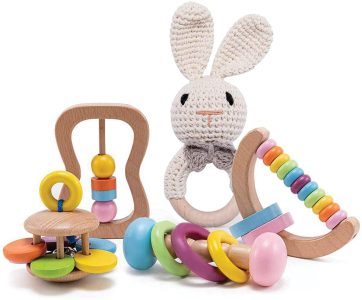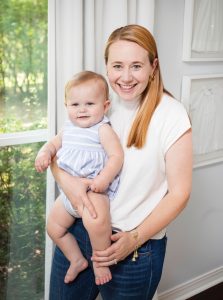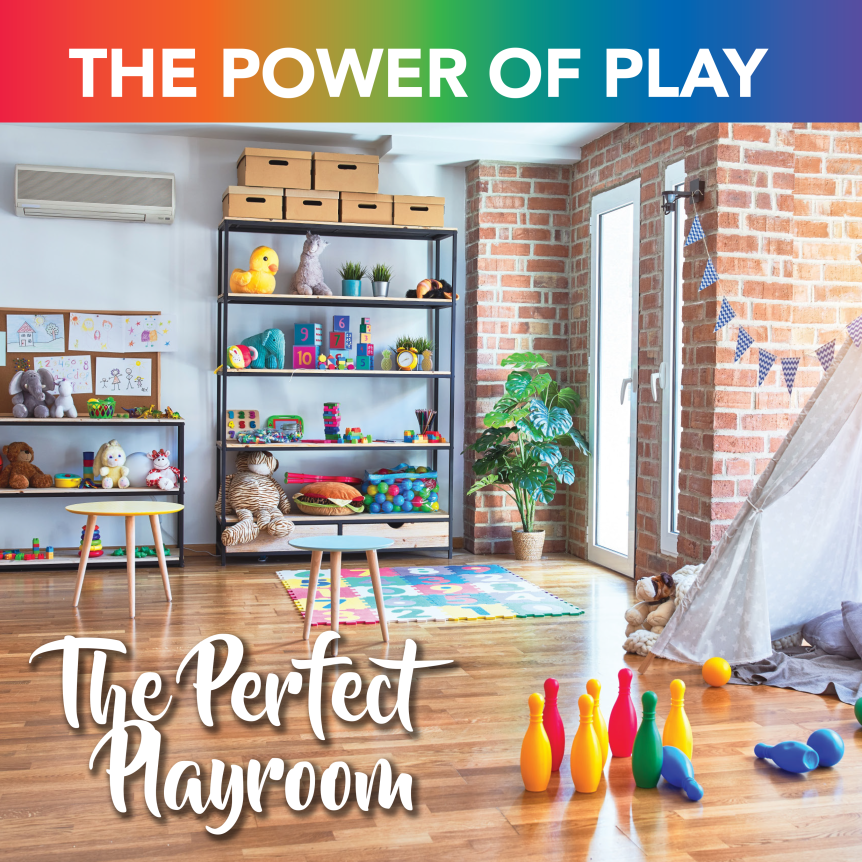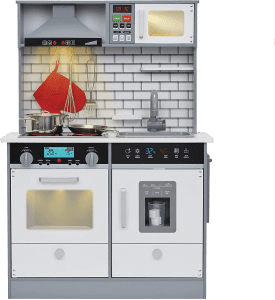What makes a good playroom?
 The playroom in our house is actually an old formal sitting room. It’s a small place, but it works perfectly for our family. Since it’s situated right off of the kitchen, I can see both boys while I’m cooking. This gives them enough independence without having to hover over them.
The playroom in our house is actually an old formal sitting room. It’s a small place, but it works perfectly for our family. Since it’s situated right off of the kitchen, I can see both boys while I’m cooking. This gives them enough independence without having to hover over them.
Louisiana summer days can really bring intense heat! Having a place within a home for your children to call their own is a great way to empower play. No need to run to the store to grab the latest and greatest toy or game – take a look at what’s around you and work it into your playroom.
The first thing to do is to locate the best space or room in the house that allows for proper supervision (depending upon the child’s age). Once you’ve found the right space, it’s time to find the right elements to maximize play. Play is the primary occupation, or role of a child. It’s his or her job to play. So, providing a space that supports this role is key in allowing for growth in other areas of life.
We’ve talked before about toy rotation and deciding what stays and what goes (If you need a refresher, grab your Feb/Mar 2021 issue). Now, let’s talk about what a play space needs in order for great play and learning to take place.
Elements to maximize play:
Gross Motor Area.
This area will depend mostly on the size and layout of the space. Bigger rooms allow for an open space to run and play. This element is not just limited to running and jumping, but also movements that can build on these skills. Such as, balance, bilateral coordination, body awareness, or safety awareness. If space is limited, smaller areas can benefit from a movement apparatus. These can offer gross motor play as well as vestibular and proprioceptive input to your little one.
As mentioned earlier, there is no need to run out and buy these items if you don’t have any of the above in your home. Items that may already be in your home might require a little imagination. Couch cushions can be set up as an obstacle course or stack them up to build a fort with an old sheet. You can create an easy balance beam down your hallway with a simple roll of masking tape.
Fine Motor Items.
Dependent upon the child’s age this can look very different from one play space to the next. Fine motor toys provide little hands the opportunity to strengthen and work together for skills required later down the road, such as writing, typing or tying shoes.
 Pretend Play.
Pretend Play.
This is where the magic happens. I love this area of a play space where imaginations are built and come to life. Providing opportunities for creative play sets the building blocks for social skills, language, critical thinking and problem solving. For older children this can include board games or card games.
Work Surface.
Providing a work surface in a play space is a great place for laying the foundation for attention span. A small table and chairs or even a small easel is a wonderful work surface for children ages 2 and up. When room allows, one of my favorite newest additions to our playroom is an adult sized chair. It’s a great spot to cozy up in and read a book with our boys. It also allows me to have a space to work from home on the computer while still being with them while they play. Although all of these elements are not a requirement for fun and learning, it’s a great place to get started and beat the summer heat!
 Remember, keep it simple and less is more!
Remember, keep it simple and less is more!
Anna Claire is the owner of the Occupational Therapy department at Firm Foundation Pediatric Therapy in Ruston, Louisiana. Her love of occupational therapy began at a young age. She incorporates fun, creative facets as well as holistic approaches to better assist her clients in reaching their goals. She has experience in a variety of settings from a multidisciplinary center for children with Autism and communication disorders to home health and an outpatient clinic for children and adults with a wide variety of diagnoses such as traumatic brain injury, CVA, cerebral palsy, Sensory Processing Disorder and dysgraphia. Her diverse population of clients is one of her favorite aspects of occupational therapy. Due to her innate love for children, she chose Pediatric occupational therapy as her focus. Anna Claire cares for all of her clients on a personal and professional level.


 Pretend Play.
Pretend Play.